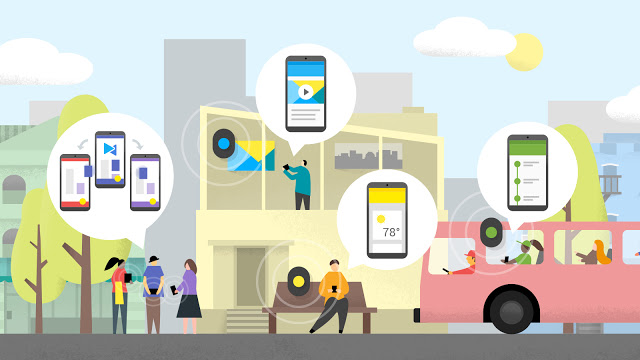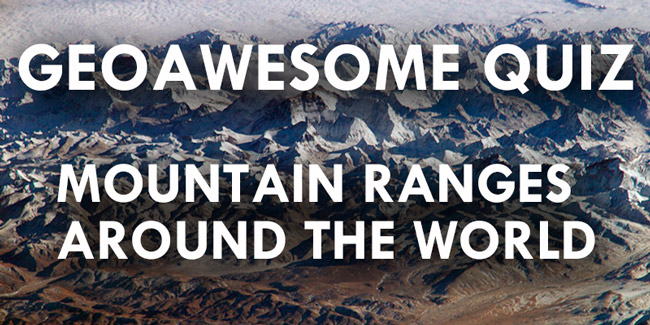
Google Eddystone: What does the iBeacon Rival mean for next-gen Location based apps
Bluetooth beacons represent the next step in indoor positioning and are part of the larger Internet of Things (IoT) infrastructure. Using low-powered Bluetooth Beacons to send out location-based information and marketing content isn’t a new development. These low-power transmitters send out information to devices in their range and are as a tech-savy marketing departments’ dream (and for us, Location-based services fans) and now Google is the latest entrant to start working on this exciting tech, with project Eddystone.
Apple’s iBeacon, Facebook’s PlaceTips and now Google’s Eddystone
Apple entered the market in late 2013, increasing our interest in this cool new tech (Read: Will Apple’s iBeacon change the indoor positioning market) and they implemented their tech in a few places including the Apple Store. (Read: location-based discounts at Macy’s). Quite recently Facebook announced its own Bluetooth Beacon technology and service – Place Tips and they have already started rolling out their Bluetooth beacons to businesses in USA. So in some sense, Google is a late entrant to the arena.
Google Eddystone: an open BLE beacon format
Apple’s iBeacon has one major issue, and you probably guessed it already, it only works with iDevices. Eddystone is an open format that anyone can use, an important difference considering the number of non iDevice users. Google’s main focus for the Eddystone project is not sending you ads but instead sending you relevant information based on your location directly to apps like Google Now.
Eddystone is a protocol specification that defines a Bluetooth low energy (BLE) message format for proximity beacon messages. It describes several different frame types that may be used individually or in combinations to create beacons that can be used for a variety of applications. – Google’s Eddystone Github page
The Nearby API and Proximity Beacon API
Eddystone works with both Android and iOS devices and developers have two API options for using the beacons in their apps – The Nearby API and Proximity Beacon API.
Nearby API makes it easier to communicate with devices and beacons that are – well as the name implies – nearby. For e.g. specific bus stops, etc Google has already worked with the transport authorities in Portland, US to implement this.
What does it mean for Location-based Services?
An open format like Eddystone is definitely going to help tremendously increase the overall number of devices that are going to start using BLE tech for indoor positioning and location-based marketing. Back when Apple launched iBeacon in 2013, there was a lot of hype about how long it might take for Location-based marketing to become mainstream, we are yet to see that dream fully realized.
Google Now On Top + Location: #Geoawesomeness
The more exciting development could actually be in the machine learning and contextual information front. Google Now On Tap is widely regarded as the next killer application for android and interestingly it’s a contextual search app. For e.g. a simple “Ok Google, who wrote this song” is going to help find the name of the artist who wrote the song you are listening to, without having to leave the app or having to enter a detailed query. Google Now already has a lot of cool features and contextual location information will only help increase the number of things it can do with your location.
All this is great, what about using WiFi instead?
The Bluetooth vs WiFi debate has gone on for a while now and I am no expert but things are getting more interesting as a new standard is now going to let WiFi devices talk to each other. Maybe the future is going to see Bluetooth and WiFi tech co-exist and provide indoor positioning and push notifications.
More links, More information
Interested in learning more about Eddystone, here are some interesting links
- Google Developer Blog: Lighting the way with BLE beacons
- Arstechnica: Meet Google’s “Eddystone”—a flexible, open source iBeacon fighter
- 9to5google: Google’s Eddystone beacon format and Nearby API will make communication between devices easier
- How Google’s Latest Boosts Bluetooth Beacons





